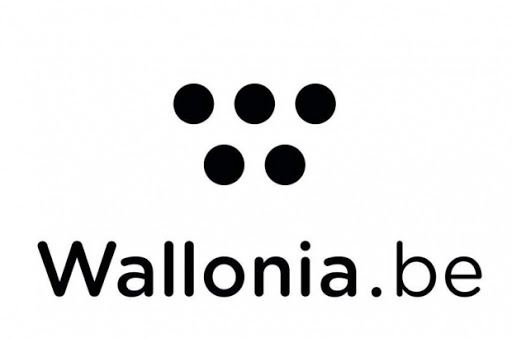Proba-3, Europe’s Upcoming Sun Watcher, Is Heading into the Home Stretch with SPACEBEL Technology
Proba-3, ESA’s first formation flying mission meant to study the outer atmosphere of the Sun, is now fully integrated and has successfully completed its testing milestones.
SPACEBEL is one of the industrial core team members of the Proba-3 consortium under the leadership of Sener (Spain), prime contractor.
For many years, we have been bringing our software engineering expertise and innovative IT solutions to this cutting-edge Space mission as the contractor in charge of the software design, development, production, integration and validation of the entire Proba-3 software package, i.e.:
> the on-board software for Proba-3’s pair of platforms and payloads;
> the satellites’ simulator supporting the software testing and operation preparation;
> ground segment software for the control centre and mission centre.
In other words, Proba-3 is one of our flagship projects perfectly demonstrating our cross-functional skills at all levels of the Space industry!
Another peculiar feature: the Visualisation Tool for Space data (VTS) developed by SPACEBEL is being deployed to picture and synchronize real-time 2D and 3D renderings of the Proba-3 satellites’ data thanks to a code in Python realised by ESA and establishing a real-time link between VTS and the incoming telemetry – currently from our simulator and later on from the real satellites. VTS will also be used to train Proba-3 operators and will be integrated into ESA’s control infrastructure at Redu (Belgium). A wonderful example of how the VTS toolkit benefits the design and implementation of often complex Space missions.
Proba-3 will be extremely challenging as it comprises two elements flying together at a distance of 144 m while behaving like one single spacecraft in a highly elliptical orbit around Earth. Both satellites will have to be in very precise locations in relation to each other to form one virtual solar observatory. The satellite equipped with a round 140 cm diameter disk will act as an occulter to create an artificial solar eclipse on a sustained basis whereas the other one – the coronograph – will study the halo around the Sun for up to 6 hours per orbit.
Apart from demonstrating new Space technologies and experiments for future ESA missions – in particular formation flying – Proba-3 also has a scientific objective: observe the solar corona during two years, i.e. the hottest layer of the solar atmosphere with temperatures rising up to millions of degrees. Studying the corona is quite complex as it is visible only for a few moments on Earth during rare total eclipses. Proba-3 has been designed to tackle this problem while reducing diffraction issues – a phenomenon that is common to other solar observation missions – and improving overall visibility of the Sun’s surroundings.
The PROBA-3 launch on a PSLV rocket is to take place in September 2024 from India.
- Watch this video (with SPACEBEL mention) to have a better idea of the ins and outs of this upcoming ESA mission: https://www.youtube.com/watch?v=GRnDYaGAVt0
Good to know: SPACEBEL will attend the Proba-3 Media Day organised by ESA in Kruibeke (Belgium) on April 3rd 2024.

